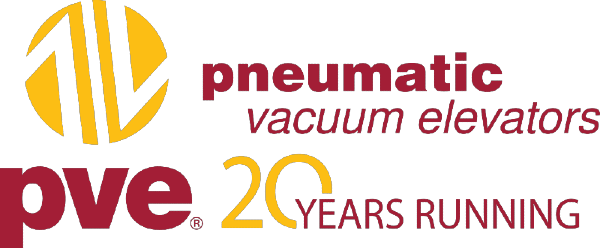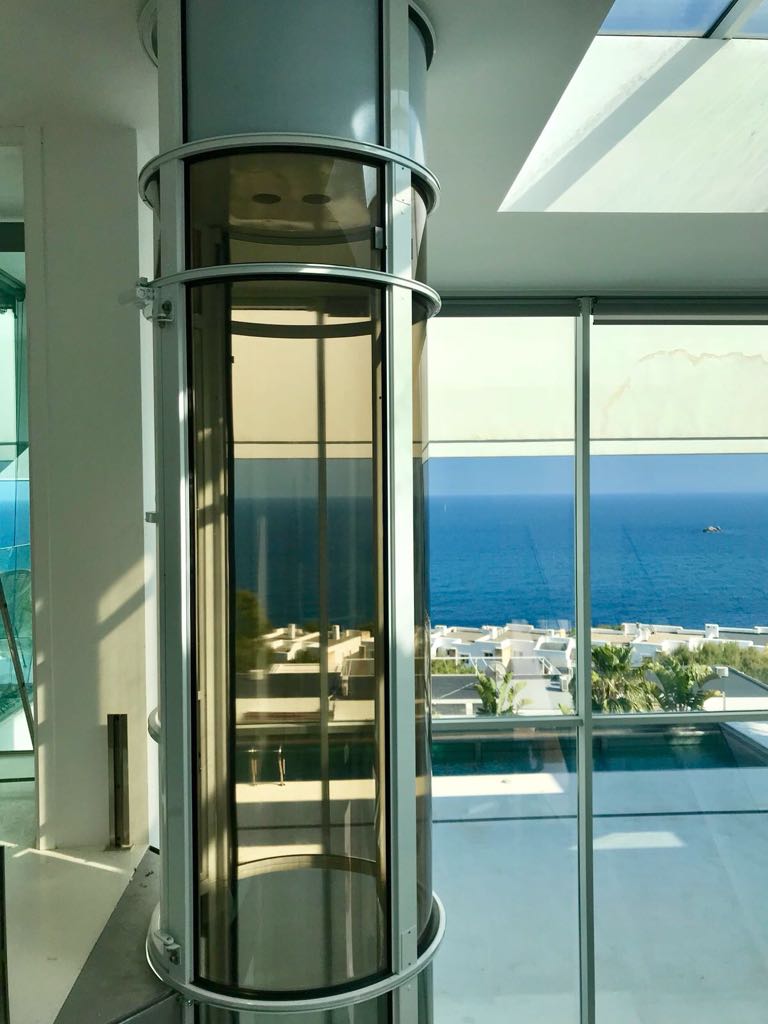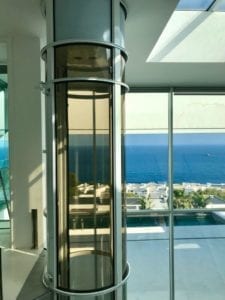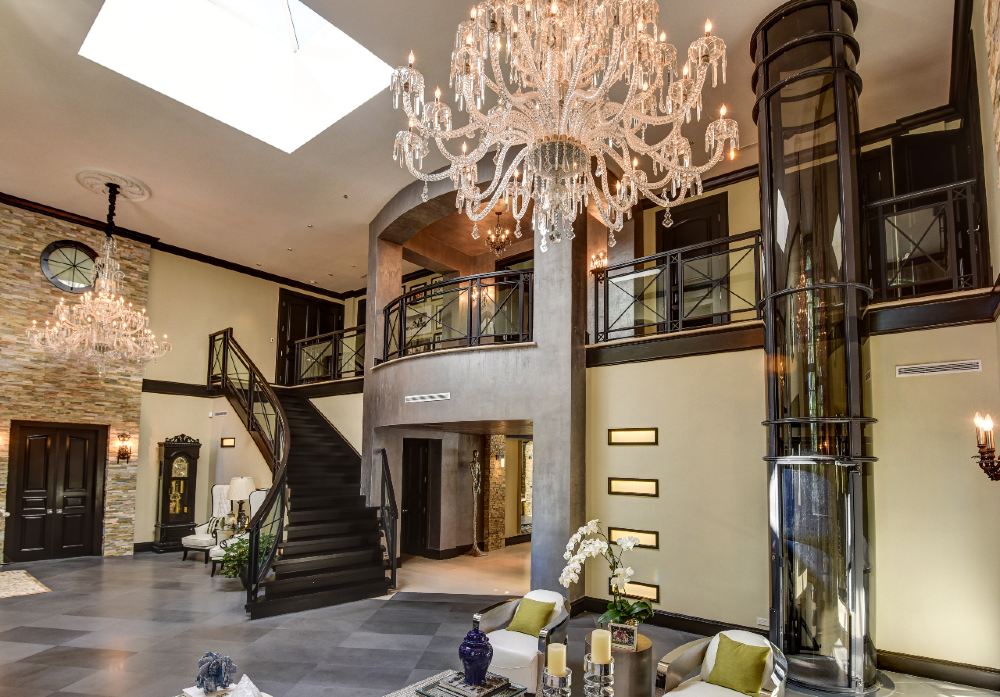If you’ve decided to install a residential elevator in your home and have moved on to the shopping process, odds are you feel a bit overwhelmed with all of the options. There are plenty of residential elevator manufacturers out there vying for your attention, some relying on traditional lift technology and others (like PVE) utilizing cutting-edge pneumatic tube innovations. Parsing all of this information can be difficult for someone new to the world of elevators, but it is in the details that you will discover whether a particular lift solution is right for you. With that in mind, PVE has put together a short list of features to look for when shopping for a new home elevator:
Construction Time
Installing a residential elevator can require substantial remodeling work. While PVE’s elevators are low impact in design and require only a few days of install time, completing the work necessary for a traditional elevator can take weeks. Long construction times raise the cost of the elevator and increase the impact on your home life, while PVE’s requirements are quick and easy.
Energy Efficiency
How will a new residential elevator affect your energy bill? Our pneumatic elevators are designed to be energy efficient, using power only to raise the lift and relying on air pressure to lower it. Traditional elevator designs that operate using oil products and heavy weights will use quite a bit of power; you’ll certainly notice a difference the next time the power company sends you a bill.
Safety Mechanisms
Elevators are safer now than they have ever been, but asking about a lift’s safety features is still a good idea. PVE’s residential elevators are all protected by physics (air under the lift allows for a slow, safe descent in the event of a power outage) as well as traditional lift safety mechanisms (emergency brake).
Lift Capability
How many passengers can the lift accommodate? How many floors can it reach? These are critical questions that need to be answered before installation begins. PVE’s lifts are available in several models designed for different numbers of people or even wheelchairs, which require a wider entry port.









